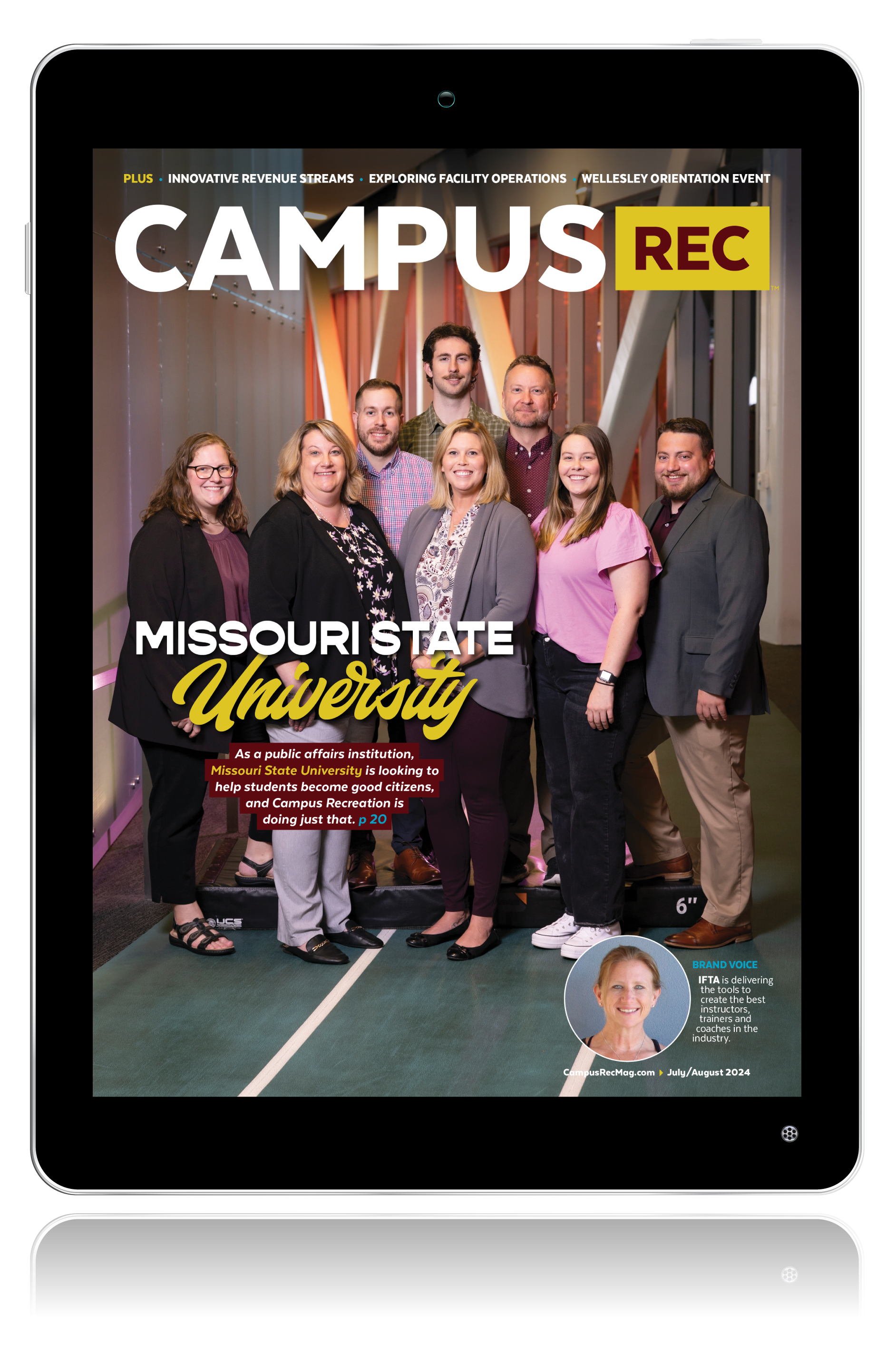This is Part One of a three part series about the talent acquisition process from Steven Trotter.
According to the State of the Global Workplace: 2022 Report published by Gallup, global employee engagement and well-being levels have remained stable but are not great. It is also important to note stress has reached an all-time high for the second year.
Regardless of the challenges in the U.S. and Canada, the region remains the best in the world to be an employee, clocking in at No. 1 for employee engagement and job opportunities, and No. 2 for well-being and living comfortably. With well-being being a top priority for employees in the workplace, and 71% of people in the U.S. and Canada stating that it’s an excellent time to find a new job, it’s time for us to rethink talent acquisition.
Let’s define a world-class employee experience in a three-part series while applying Gallup’s seven essential stages to the employee lifecycle in the campus recreation and well-being world.
Pre-Service Journey
Let’s define the pre-service journey as any time before the employee officially completes onboarding.
Attract
The first stage of the employee lifecycle is about recruiting top talent
There’s more to recruiting than posting a position online or attending a job fair. Recruitment is similar to marketing, including both active and passive approaches. What part of your organization’s culture do you want to highlight? Identical to your core values, there’s a difference between what you want it to be and the reality. Think about your presence within industry organizations, your community and your campus. Are you displaying your brand in a positive light, and are you cultivating an inclusive environment where people want to be on the team?
Here are questions to ask yourself when recruiting top talent:
- Is your organization seen as an industry leader?
- Does your organization encourage existing team members to publish, present and positively contribute to the industry?
- Does your organization have a strong purpose and clear mission?
- Can you demonstrate you celebrate diversity in talent?
- Is your organization’s vision lofty, scary and audacious enough?
- Does your organization’s defined core values accurately reflect how you are perceived?
Hire
The second stage of the employee lifecycle focuses on selecting your rock stars.
Focus on hiring for talent, as knowledge and skills can be taught. Write your position descriptions where potential employees can envision themself in the role and as team members of the organization. Highlight the opportunities and areas of impact the individual will have. Use phrases like “in this role, you will have the opportunity to” and “this is a perfect fit for you if you enjoy…”
While writing position descriptions for talent, it’s essential to make it clear to the potential team member what is expected of them. Here are questions to ask yourself when hiring top talent:
- Is the position description written in a way that inspires people to apply?
- Is the application process seamless and with few obstacles or barriers?
- Does your interview process include opportunities for the candidate to imagine themself to be part of the community?
- Are your interview questions written clearly and concisely, encouraging the candidate to focus on their strengths?
- Is your hiring process inclusive, fair and unbiased?
- Are your hiring managers trained with the knowledge and skills to conduct the hiring process?
Onboard
The third stage of the employee lifecycle should affirm your decision to hire.
Onboarding is one of the most critical steps in the employee lifecycle and can often be neglected or diminished. Onboarding is to provide new team members with the knowledge, skills, resources and tools to perform their job successfully.
Knowledge is broken up into two types: factual and experience. Factual knowledge is the knowledge the team member will gain by reading training manuals, books, guidelines and standard operating procedures. Experiential knowledge will be developed over time as the team member is with the organization.
EXTRA CREDIT: Julie Terstriep provides here four additional tips for onboarding new employees.
Skills are the transactional tasks the team member needs to learn to perform the job. Resources and tools must be provided promptly and without hesitation to the team member. The success of the onboarding process rests primarily in the hands of the manager.
Here are questions to ask yourself when onboarding new team members:
- Is the onboarding process clearly defined? Does it include opportunities for the team member to review and ask questions?
- Does the onboarding process include relationship-building opportunities with key players within and outside the organization?
- Does the onboarding process allow the team member enough time to read and comprehend manuals, guidelines and other educational materials to develop baseline knowledge?
- Do the transactional checklist items to obtain tools and resources include the point of contact and deadline?
- Does the onboarding process include regularly scheduled check-ins with the manager?
- Does the onboarding process provide experiential learning opportunities to the team member?
As the new team member is completing their pre-service journey, it’s important to note no matter what stage of the employee lifecycle, there should be a consistent effort on the manager-employee relationship, the clarity of the role, the cohesiveness of the team, the quality of the workspace and a focus on individual well-being. Before we move into Part Two, the in-service journey, provide feedback opportunities to improve the pre-service journey further.










